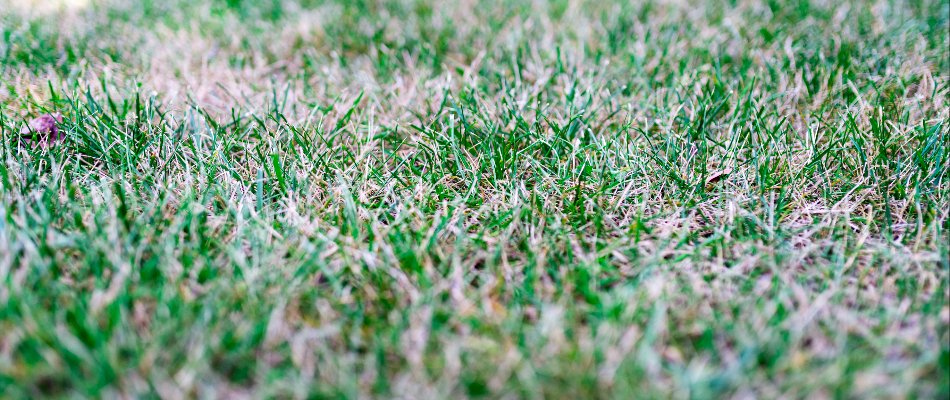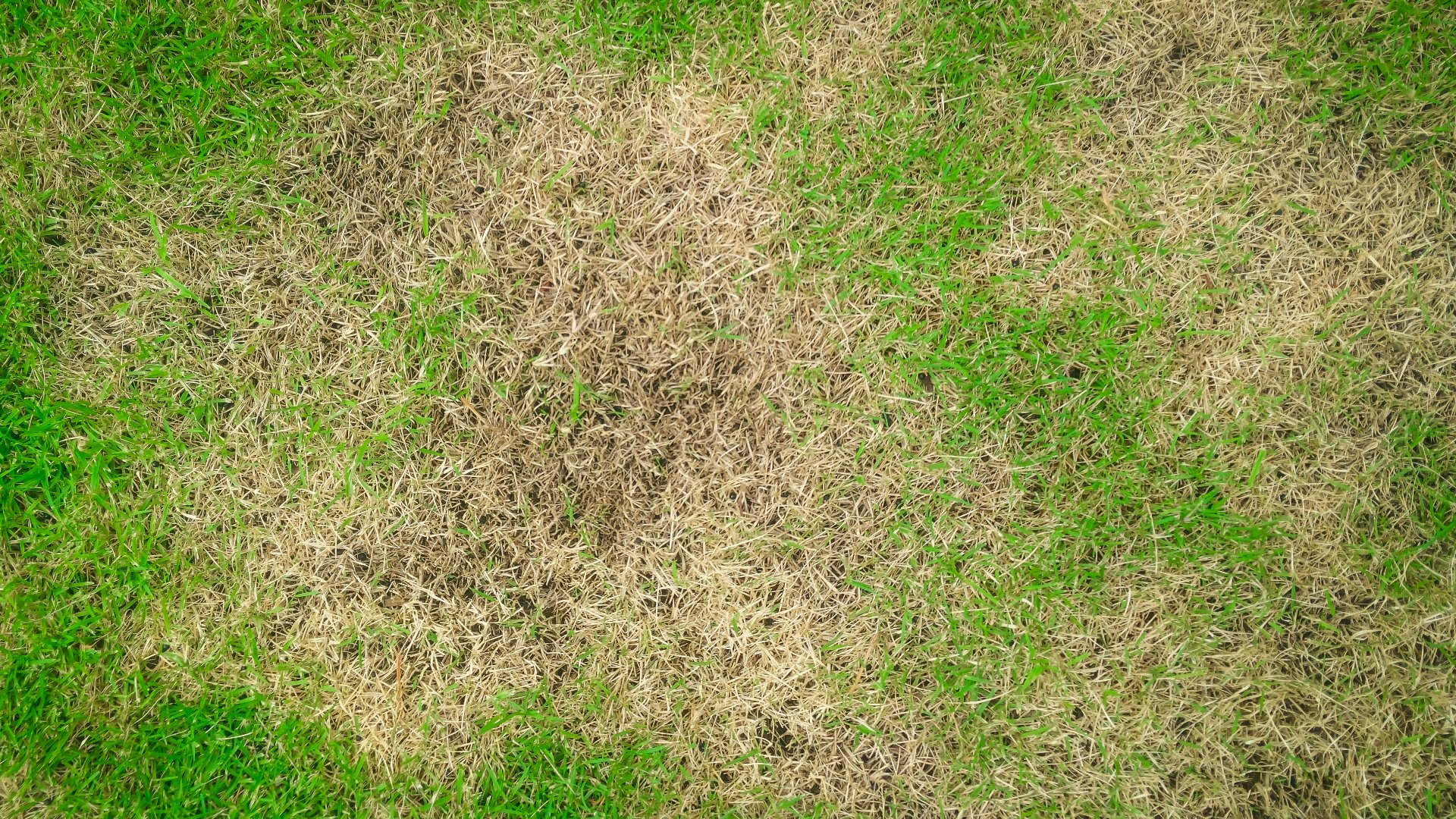Leaf blight is a lawn disease that is commonly found in Minnesota and targets cool-season grasses. It causes irregularly shaped patches of discolored grass, resembling drought stress, but develops quicker compared to when your lawn is dehydrated. Leaf blight typically appears in late spring to early summer and thrives when hot and dry conditions are preceded by unusually cool and wet periods. If you notice signs of this disease on your lawn, contact lawn care professionals to have it diagnosed and treated ASAP. This way, you can prevent leaf blight from causing further damage to your grass.
What is leaf blight, and what damage does it cause to your lawn?

Ascochyta leaf blight, more commonly known as just leaf blight, is a fungal lawn disease that typically infects cool-season lawns in Minnesota like Kentucky bluegrass and tall fescue. It can be identified by irregular patches of bleached or straw-colored grass on infected lawns. This lawn disease develops rapidly and symptoms can appear overnight. Stressed and weak lawns are also more susceptible to leaf blight. From afar, leaf blight resembles drought stress. However, close inspection of the grass blades will reveal that the tips are discolored but most parts are still green. As this lawn disease worsens, the blight can extend down the grass blade. While it does not affect the roots of the grass, the disease can weaken and bring down the beauty of your lawn. Leaf blight spreads through foot traffic, rain, and poor lawn mowing practices like mowing when the grass is wet.
What conditions does leaf blight thrive in?
Leaf blight thrives in hot and humid conditions. It typically occurs around late spring and early summer when extended hot and dry conditions are followed by cool and rainy weather and moisture in the soil constantly fluctuates. Weather is not the sole culprit for the development of leaf blight. Poor irrigation practices can also exacerbate the disease. Overwatering your lawn after a long period of drought and hot weather can also pave the way for leaf blight to thrive. Thick thatch and compacted soil can also contribute to the development of this lawn disease.
Regularly aerate your lawn to alleviate soil compaction, improve water penetration, and enhance air movement to help prevent leaf blight.
What should you do if you notice signs of this lawn disease on your turf?
If you notice signs of leaf blight on your lawn in Minnesota, reach out to lawn care professionals and ask for help. They can confirm if your lawn is indeed plagued by this lawn disease or if it is something else. Once they have diagnosed your turf, they can apply a curative treatment to eliminate the lawn disease. Lawn care professionals are equipped with the proper treatment to target leaf blight and stop it from causing more damage to your grass. It's best to have your lawn treated ASAP to prevent long-term problems and get it back on track to growing healthy sooner.
Call us today to sign up for our lawn disease control service!
If you're looking for a reliable team that can treat your lawn for leaf blight, look no further than our crew at LawnCrafters. We provide a lawn disease control service that can target various lawn diseases like leaf blight, fairy ring, lawn rust, and necrotic ring spot. With 15 years of experience, we are confident in our expertise in diagnosing various types of lawn diseases. Our team offers this service to commercial and residential properties, as well as HOAs, in Mankato, North Mankato, St. Peter, and nearby areas in Minnesota. Call us today at 507-344-6500 to sign up for our lawn disease control service!



Comments (0)
Thanks for your comment!
Thanks for your feedback! Your comments have been successfully submitted! Please note, all comments require admin approval prior to display.
Error submitting comment!
There is a problem with your comment, please see below and try again.